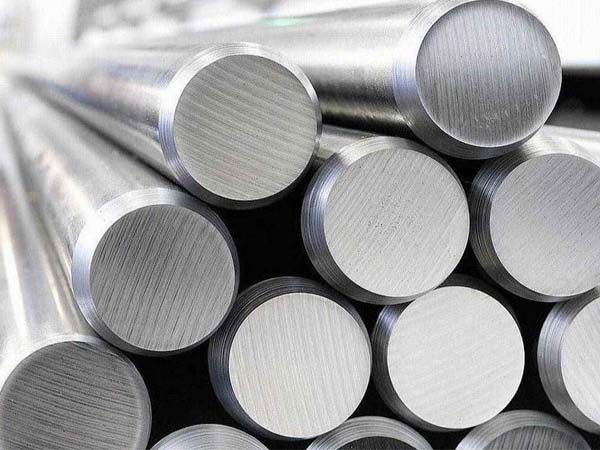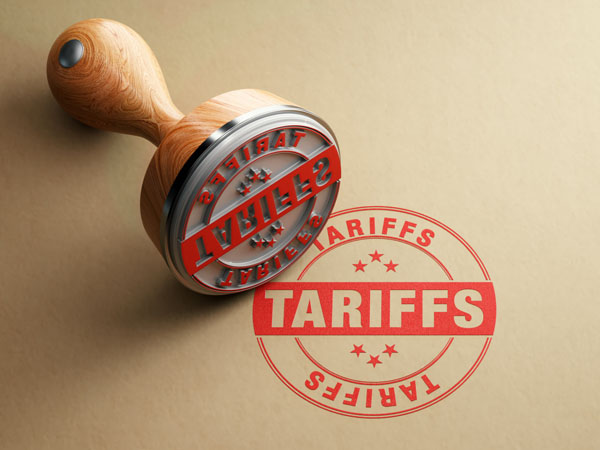





Phone
+86-731-82250427
Address
25th floor, C3 Building, Wanda Plaza, Kaifu District, Changsha, Hunan Province, China.
 May 24 2023
May 24 2023The economy and safety of stainless steel
Since the beginning of the industrial age, the safety of structures and the protection of personal safety have always been extremely important things for engineers. Despite the accumulation of two centuries of experience, these issues are still people's main concerns today. Perhaps because human ambitions sometimes exceed his current capabilities, accidents still occur and continue to cause casualties. New technologies bring new problems, and sometimes unexpected situations occur, bringing far-reaching and tragic consequences.
Fire is one of the most dangerous risks. The large amount of storage and transportation of flammable liquids and gases means that just one spark is enough to cause a fire or cause an explosion. Therefore, when planning industrial buildings and plants, we must pay close attention to the prevention and elimination of fire problems, including studying existing materials, and choosing the best and safest plan for key fire-risk areas and personnel escape routes.
Comparative fire test
In order to help designers and engineers in this regard, the International Nickel Institute, International Molybdenum Association and three stainless steel manufacturers (formerly Avista, British Stainless Steel and Eugene) funded an independent fire test project and selected four Materials commonly used in building structures including offshore structures: galvanized steel, glass fiber reinforced plastic, aluminum and austenitic stainless steel.
The test clearly shows that even if the stainless steel structure is exposed to the highest temperature of hydrocarbon combustion for a long time, it can still maintain its structural integrity, while the glass fiber reinforced plastic and aluminum have poor fire resistance due to their low melting point. Galvanized steel has certain fire resistance, but its stiffness will decrease, and molten zinc may drip, which poses a potential threat to humans.
In view of the fact that stainless steel has been widely used in high-temperature industrial equipment and processes and has accumulated long-term use experience, the beneficial fireproof effect of stainless steel is not surprising. However, to what extent is stainless steel superior to other materials under severe fire conditions can be answered by comparative tests under controlled conditions.
Life Cycle Cost Research
While carrying out these experiments, the British Institute of Steel Construction was also commissioned to study the economics of stainless steel relative to other materials. This includes calculating the initial cost and, more importantly, the operating cost, which comes from maintenance, repair and replacement throughout the life cycle.
The calculation results show that the relatively high material cost of stainless steel is compensated by its long service life, maintenance-free and repair-free, making their real economy more attractive than at first glance. Indeed, in the service life of 10-30 years, compared with carbon steel (the only material with effective fire resistance except stainless steel in the test), stainless steel is obviously not expensive.
Increasing safety often brings financial disadvantages in the short term. Fire test projects and economic studies have shown that increasing the use of stainless steel in the relevant parts of building structures, including marine structures, will greatly improve fire safety at an appropriate cost.
